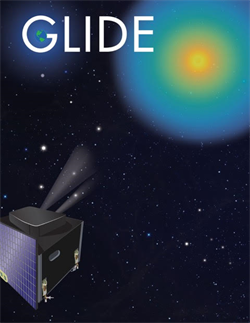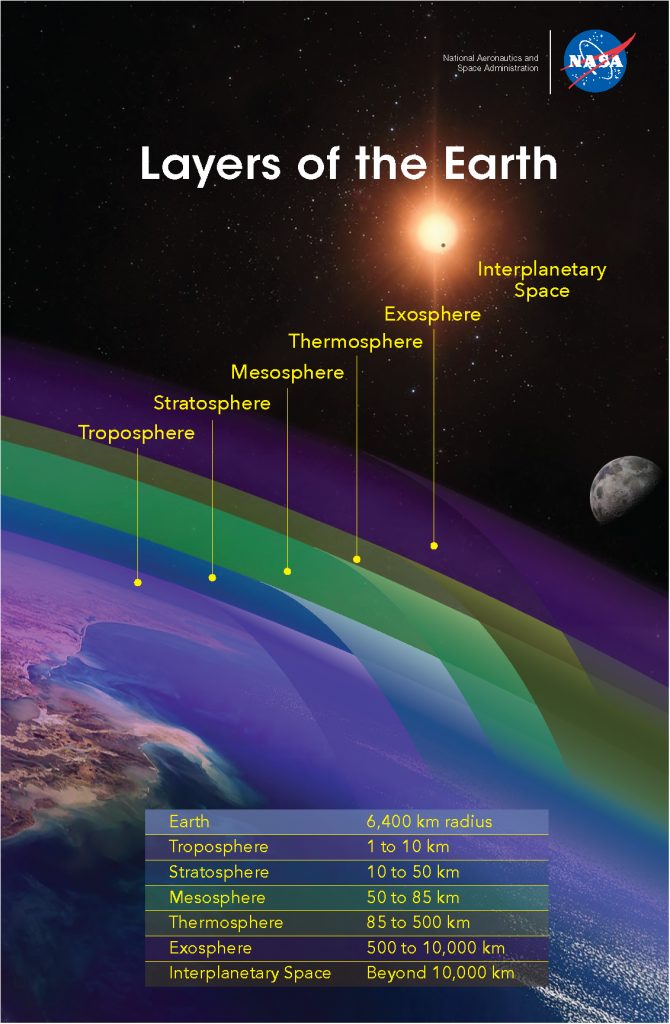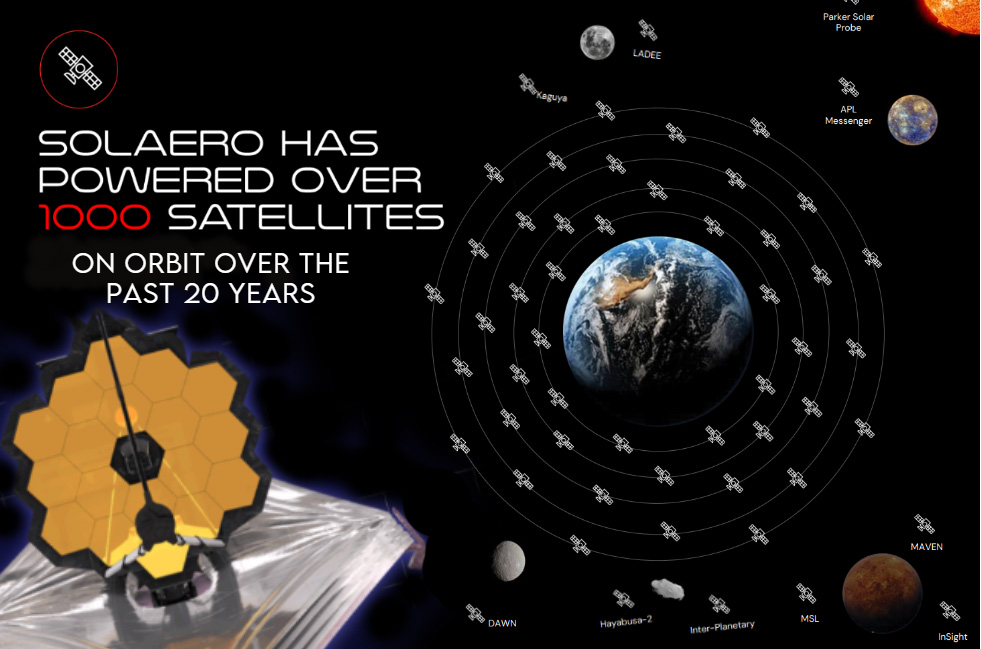Next-generation launcher manufacturer Rocket Lab (NASDAQ: RKLB) will manufacture the solar array panel (SAP) to power NASA’s GLIDE (Global Lyman-alpha Imagers of the Dynamic Exosphere) mission that will study the area where Earth’s atmosphere meets space. The spacecraft for GLIDE is being built by space and defense technologies innovator Ball Aerospace and is expected to launch in 2025.
SAP will use technology from Rocket Lab’s newest subsidiary, the recently acquired SolAero, an Albuquerque, New Mexico supplier of satellite solar array panels. SolAero technologies already power over 1000 satellites and has worked in at least 30 missions with NASA over the past 20 years, including the James Webb Space Telescope and the flower-like solar array that powers NASA’s InSight Mars Lander.
For the upcoming GLIDE spacecraft, Rocket Lab will provide SolAero’s newest space solar cell technology, the Z4J quadruple junction solar cell, designed specifically for space applications. These high-efficiency, radiation-hardened solar cells laid down on carbon composite facesheet panels are fully qualified for space.

NASA’s GLIDE will image ultraviolet emissions from Earth’s vast outer atmosphere. Image courtesy of University of Illinois Urbana Champaign.
The GLIDE spacecraft will launch with another Rocket Lab-powered spacecraft, also built by Ball Aerospace, the National Oceanic and Atmospheric Administration’s (NOAA’s) Space Weather Follow On-Lagrange 1 (SWFO-L1). SWFO-L1 is a heliophysics mission that will collect solar wind data and coronal imagery to meet NOAA’s operational requirements to monitor and forecast solar storm activity.
“Rocket Lab has become the ‘go-to’ provider of space solar power and space systems products throughout the space industry, including for ambitious heliophysics missions like GLIDE,” said founder and CEO Peter Beck.
Rocket Lab has become one of the leading space systems companies in the nascent private sector. It aims to provide end-to-end mission services for rapid, frequent, and reliable access to space, including complete satellite build and launch solutions.
In the 3D printing industry, Rocket Lab is known for its almost entirely 3D printed rocket engine, the Rutherford, which relies on an electric motor rather than gas and features prop valves, injectors, pumps, and engine chambers that are all 3D printed with electron beam melting technology. Although this engine has powered the company’s small satellite Electron launch vehicle, Rocket Lab has been shifting focus to developing the reusable eight-ton payload class Neutron rocket, which also leverages 3D printing for part production.
Since its foundation in 2006, the pioneering rocket maker has become a multinational company with a rich history of developing propulsion systems and launching vehicles for many government and commercial customers.
After turning into the first private firm to reach space from the Southern Hemisphere, Rocket Lab has gone on to deliver over 105 satellites to orbit for more than 20 public- and private-sector organizations and completed 21 missions for a wide range of customers, including government agencies like NASA and Defense Advanced Research Projects Agency (DARPA), branches of the military like the U.S. Air Force, and commercial businesses, such as Capella Space. However, the addition of SolAero to its portfolio of space offerings has opened new doors for the business.
Now that Ball Aerospace has tapped SolAero to build GLIDE’s SAP, the company has yet another opportunity to prove that its space technology is one of the leading forces in the space-based solar power market, which is expected to reach almost one billion dollars by 2030.
Led by principal investigator Lara Waldrop, an Assistant Professor at the University of Illinois Urbana-Champaign, GLIDE will study variability in Earth’s outermost atmospheric layer, known as the exosphere. Budgeted at $75 million, the mission will make unprecedented measurements of the far ultraviolet light emitted by hydrogen atoms in the exosphere, extending more than 100,000 miles above Earth’s surface, about halfway to the moon. This emission serves as a tracer of exospheric density, knowledge of which is needed to advance understanding of upper atmospheric physics, particularly regarding Earth’s recovery from solar-driven disturbances known as space weather.

NASA’s GLIDE will survey the exosphere, the outermost layer of Earth’s atmosphere. The exosphere is seen here in this illustration that shows the layers and their distance from Earth. Image courtesy of NASA’s Goddard Space Flight Center/Mary Pat Hrybyk-Keith.
Historically, only a few observations of Earth’s exosphere have been made at large enough distances to capture its structure and behavior on a global scale. GLIDE would fill this long-standing measurement gap by acquiring wide-field images of Earth’s global exospheric emission from its orbital angle. On Earth, the data collected by GLIDE will provide researchers with better ways to forecast and ultimately mitigate how space weather can disrupt modern technology, such as satellite electronics, radio communication, electric power distribution, and even air travel.
Subscribe to Our Email Newsletter
Stay up-to-date on all the latest news from the 3D printing industry and receive information and offers from third party vendors.
You May Also Like
Blue Laser Firm NUBURU Explores Strategic Alternatives Amid NYSE Compliance Challenges
In a strategic move reflecting the current macroeconomic landscape, NUBURU, Inc. (NYSE American: BURU), a pioneer in industrial blue laser technology, has announced its decision to explore a wide array...
Flexible Wireless Temperature Sensor Made with 3D Printing
Researchers from the University of Glasgow, University of Southampton, and Loughborough University have developed an innovative flexible temperature sensor utilizing microwaves and 3D printing technology. As detailed in an article...
3D Printing Laser Maker NUBURU Faces NYSE American Compliance Challenge
NUBURU (NYSE American: BURU), known for its innovative high-power and high-brightness industrial blue laser technology, has received a non-compliance notice from the NYSE American, formerly the American Stock Exchange (AMEX)....
3D Printing Resilience: the Case of Fiber Lasers
Since at least 2020, additive manufacturing (AM) has become more and more synonymous with the concept of supply chain resilience. In 2024, there is almost guaranteed to be a striking...






























